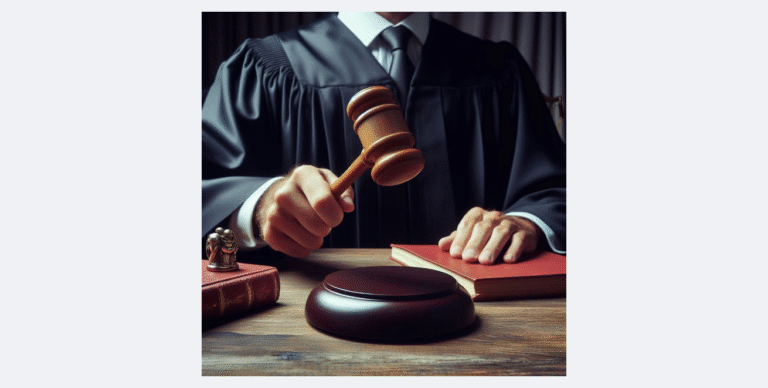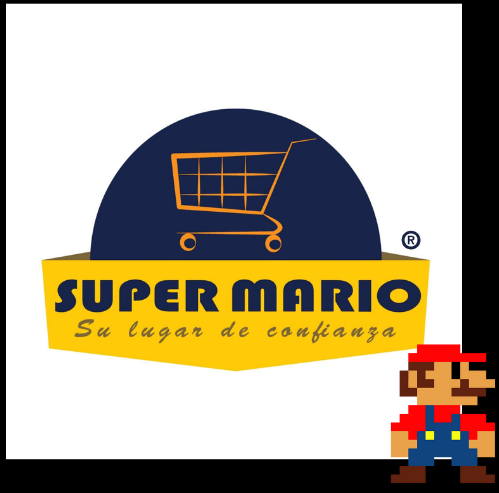Why Register your Trademark?
The reason is simple: to prevent your brand from being hijacked due to malicious trademark registering (bad-faith registration).
Let me explain.
Intellectual property rights are exclusive.
This means that the owner can prevent others from using that intellectual property.
If you own registered trademarks, you can stop anyone else from using them, or you could allow it under certain terms.
If you have a business with original logos and names, but haven’t registered them, someone else could claim them as their own before you do.
First-to-use vs First-to-file
Unlike in the US, where rights could arise from use (first-to-use), Costa Rica follows a registry-based system (first-to-file) where exclusive rights are only acquired through registration.
So you don’t get trademark rights unless the trademark gets formally recognized.
And if that person successfully registers the trademark, they can legally prevent you from using your own logos and business names.
They could even demand payments from you just to allow you to continue operating your own business.
It feels like extortion (because it is, although technically not in legal terms): you’re threatened with being damaged (in this case, through the legal system) unless you comply with their demands.
Imagine this in the context of an artistic project, like a band…
A total disaster.
This is what people often call trademark hijacking: someone registering your brand before you do, just to block or exploit you.
It doesn’t just come from individuals, large companies and corporations can do it too.
They use this tactic to eliminate competition without contributing any real value.
No innovation, no better products, no effort, just blocking others.
It also gets called trademark trolling, similar to patent trolling, which we’ve discussed before.
Likewise, starting a legal battle to cancel a trademark against these giants is very expensive and hard to win.
That’s why this post emphasizes registering trademarks defensively: to protect yourself from being hijacked.
What You Should Know Before Registering a Trademark

Is the trademark registrable?
The process is quite straightforward.
You can apply in person or online (with a digital signature) via WIPO File.
What’s tricky is determining if your trademark is registrable.
A trademark must avoid falling under absolute or relative prohibitions defined by Costa Rica’s Law on Trademarks and Other Distinctive Signs.
Absolute prohibitions include generic terms or marks that are identical or confusingly similar to existing ones.
Relative prohibitions are conflicts with other intellectual property rights like copyrights, for example.
That’s why, for instance, you wouldn’t be able to use the girl from the picture above in a trademark, because she’s a work of art and therefore, likely copyrighted.
It’s best to check these before filing (the document is written in Spanish).
Nice Classification and the Relevant Class
Costa Rica follows the Nice Classification from the 1957 Nice Agreement.
Every five years a new edition is released; since 2013, updates appear annually.
The classification divides the market into sectors.
For example, a trademark for entertainment services falls under Class 41, while musical instruments are Class 15 (based on the 2025 version of the twelfth edition).
This ensures your exclusive rights are clearly defined for your market segment.
Documents Needed for In-Person Filing
- Application Form: includes all necessary details.
There are forms for individuals and for legal entities. Key terms include:
- Divisional Application: a request derived from an original filing (mother application) covering a subset of products/services.
Example: If you registered a band in Class 41 but later want to sell merchandise like T-shirts, you’d file a divisional application in Class 25. - Color Reservations: secure exclusive rights for the brand’s colors, recommended only defensively to protect your brand identity.
Restrictions exist: generic colors, functional colors, or overly broad claims may be rejected. - Priority Claims: establishes the first filing date for international applications, preventing third parties from claiming later.
- Payment of Fees: stamps cost $50 per Nice Class at the National Registry and 20 colones for the National Archive.
- Additional Considerations: include certificates for legal entities, determine whether to protect the trade name or logo first (bands usually protect the trade name).
Publication of the Edict in La Gaceta
If approved, the National Registry will send a digital file containing the Edict, which must be sent to be published three times in the Official Gazette.
Then, a two-month period follows for third parties to file oppositions.
Attention to deadlines is crucial, missing them can result in losing your registration permanently.
Effective Trademark Registration
After two months, the Registry will officially register the mark and notify you.
Your trademark is now protected in Costa Rica for ten years in the selected Nice Classification.
With this, the registration process is complete.







